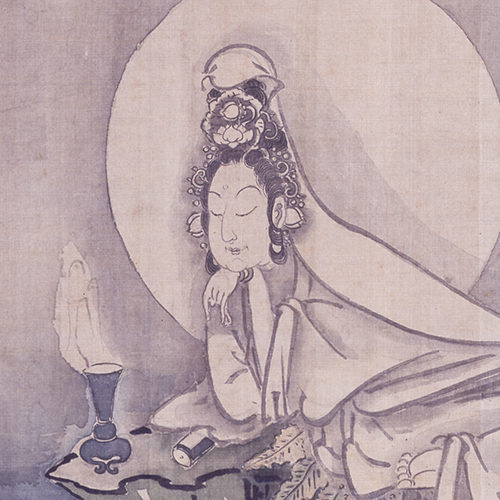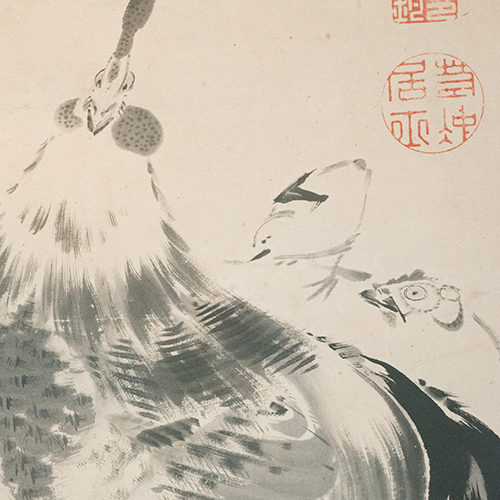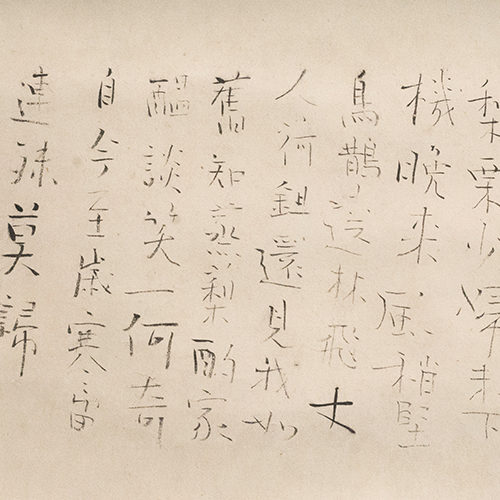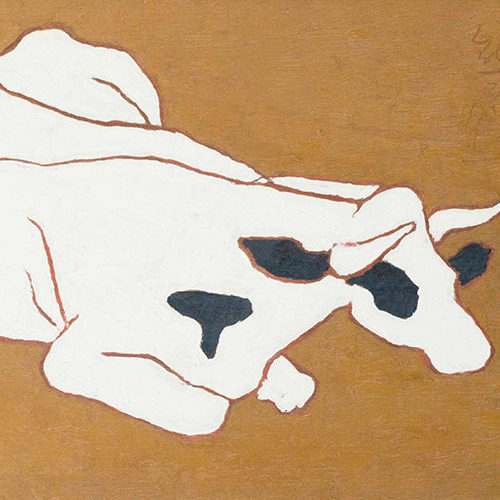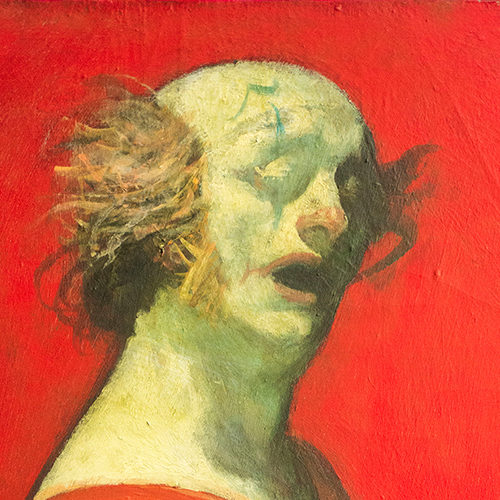Gion Nankai (1676-1751) was a Confucian scholar, Chinese poet, and literati painter of the mid-Edo period. He is also known as a pioneer of Japanese literati painting and is considered the founder of Japanese literati painting along with Hattori Nankaku and Pengjoh Baekcheon.
He was born in Edo, the eldest son of Gion Junan, a doctor of the Kishu domain. His first name was Yu and his last name was Hakugyu. Nankai is his pen name. His other names include Xiangyun and Xintian Wang. Since his real family name was Gen, he was called Gen Yu or Ruan Yu in Chinese style.
In 1689, he became a student of Junan Kinoshita, and in 1689 became a Confucian official in the Wakayama domain. In 1710, he was permitted to work in the castle, and at the recommendation of Arai Shiraishi, he was assigned to serve as a receptionist for Korean envoys. In the same year, he became the head of the Minato Koukan, a school established by a feudal lord.
Nankai also showed his talent in calligraphy and painting. At the time, Nankai was still in the learning period of literati painting, and he acquired knowledge and techniques of Yuan and Ming literati painting through printed books such as “Hakkutsu Gafu” and “Akutsuen Ga Den”, both of which were paintings imported from China, and pioneered literati painting in Japan. Yanagisawa Kien and Ike Taiga, who would later become a major figure in Japanese literati painting, were also trained by Nankai, and his influence on later generations was significant.
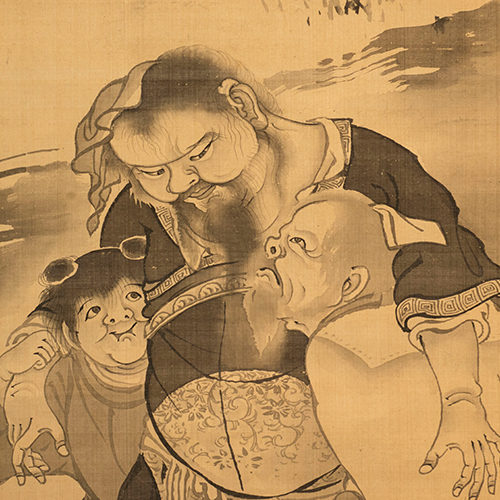
![Kyoto [Gallery-So] for purchase, sale, and appraisal of art works](http://gallery-so.net/wp-content/uploads/2020/05/so-logo.png)
